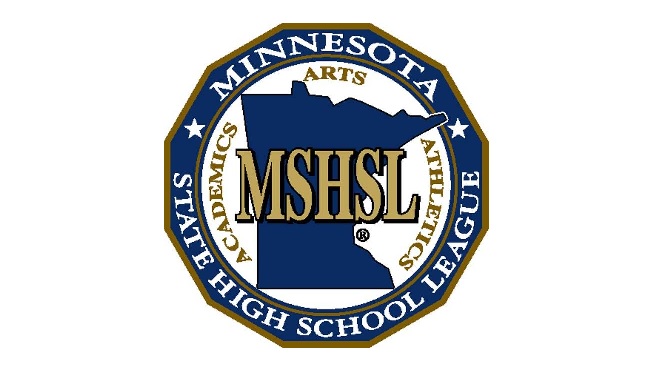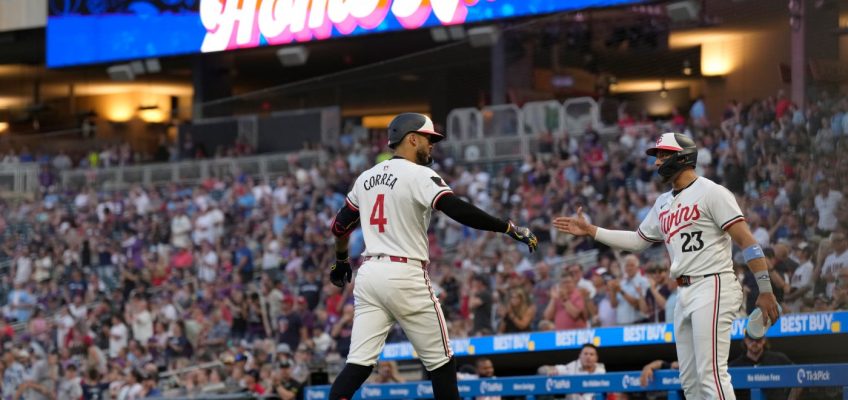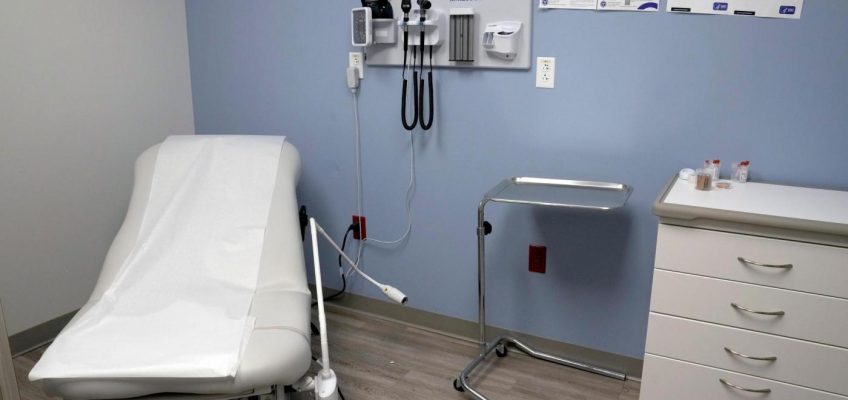A motorist who struck and critically injured a 40-year-old man who was on a downtown St. Paul freeway last year told an investigator the next day he thought he had hit an animal so he did not return to the scene of the crash.
Anthony John Cuchetti, a 49-year-old musician from Red Wing, has been charged with felony failing to stop at a traffic collision resulting in injury in connection with the crash, which happened on Interstate 94 near Jackson Street just before 11 p.m. on May 18, 2023.
A certified crash reconstructionist determined the collision and injuries to Jeffrey Allen Welage Jr., of Mounds View, could “primarily be attributed to (Welage), who was walking or standing in the lane of a controlled-access highway in a location and under conditions of limited visibility,” says a criminal complaint filed against Cuchetti last week.
Jeffrey Allen Welage Jr. (Courtesy of family)
Cuchetti did return to investigate what he hit as required by law and it “is unknown exactly how long (Welage) was on the roadway, after being struck, before his condition was reported and he began receiving medical treatment,” the complaint says.
Welage survived his injuries. However, in a tragic turn of events, his father said this week, Welage was found dead this month in a bathtub at his girlfriend’s downtown St. Paul apartment, where he’d been staying of late.
“We’re trying to make sense of it,” Jeff Welage Sr., of Mounds View, said, adding he did not want to speculate what caused his son’s June 1 death.
The cause of his death will be determined after results of toxicology tests are complete, St. Paul police spokesman Sgt. Mike Ernster said this week.
‘Saw something come out’
According to the criminal complaint, the State Patrol responded to a report of a man lying face down on the right shoulder of eastbound Interstate 94 just east of Jackson Street. Welage was unconscious and badly injured, and taken to Regions Hospital.
Around 10 a.m. the next day, Cuchetti called the State Patrol. He told an investigator he saw a news story about the incident that morning and believed he was the motorist who struck Welage.
He said the night before he had performed as a musician at a private party for a company in Minneapolis. He said he had consumed one to two beers during the night.
A blood draw for toxicology testing was not obtained from Cuchetti, State Patrol Lt. Jill Frankfurth said this week.
While driving home on eastbound I-94 in the area of downtown St. Paul, Cuchetti “saw something come out,” which he thought was an animal, he told the investigator.
In plea, airport Chick-fil-A manager admits embezzling from employer, allegedly spent it on jewelry and OnlyFans
Man jailed and charged with snatching necklaces off Asian women in St. Paul — again
Charges: St. Anthony man put gun to woman’s head and pulled the trigger, but no bullet fired
Biden nominates federal prosecutor for U.S. District Court bench in Minnesota
Lake Elmo attorney reinstated after suspension for misleading statement in custody case
Cuchetti said that because of traffic he was unable to swerve to avoid a collision, which “jolted the car,” the complaint says. He said he had hit a deer before and that it felt the same, adding: “It didn’t cross my mind that it could have been a person because I was on the highway, and I was like, ‘What would someone be walking across the highway for?’”
Cuchetti said he continued on I-94 to southbound U.S. 61, where he felt safe to pull over. He said he saw damage to the right headlight of his Honda Pilot, but that the SUV was otherwise drivable, so he decided to contact his insurance company in the morning.
Cuchetti said he did not return to the site of the collision because he believed that he had struck an animal.
The investigator contacted a manager at the company where Cuchetti had performed the night of the crash. He said that he doubted that Cuchetti had much to drink there, the complaint says.
The damage to Cuchetti’s SUV matched debris found at the scene.
He underwent 10-plus surgeries
At the time of the crash, Welage had been using methamphetamine and staying at the Union Gospel Mission and Dorothy Day homeless shelters in downtown St. Paul, his father said.
He said his son had no memory of the crash or why he was on the highway that night.
Welage was diagnosed with a traumatic brain injury and had compound fractures to both his legs and injuries to his arms, shoulder, pelvis and face, his father said. “To tell you the truth, I didn’t know if he would make it,” he said.
Welage underwent more than 10 surgeries and remained in the hospital, with a tracheostomy tube, for several weeks. He then spent two months recovering at his father’s home before moving to a group home in Anoka.
His father said he was prescribed medication to treat seizures that he began having after the crash.
Cuchetti is scheduled to make a first court appearance on the charge June 24. He referred comment Friday to his attorney, Nicole Kettwick, who said “he was deeply distressed about what he learned when he was driving that night. Never in his wildest dreams would he imagine that a person was on the highway.”
Kettwick was unaware of Welage’s death until a reporter informed her, and she said Cuchetti also did not know of his passing. “On behalf of Mr. Cuchetti, he expresses his deepest condolences to the family,” Kettwick said.




